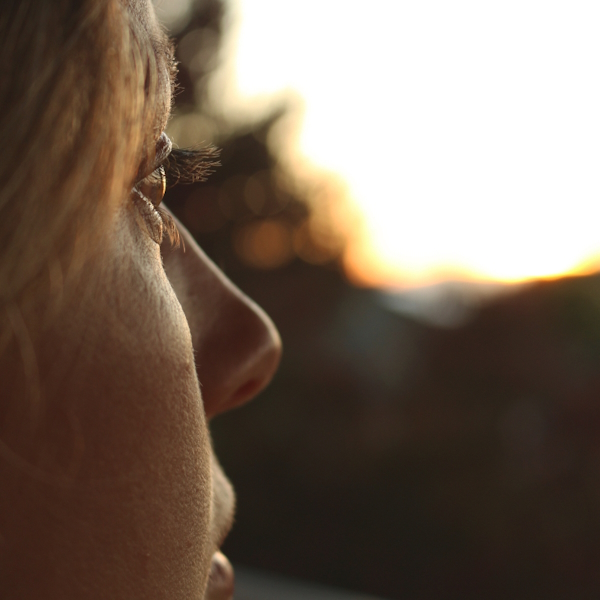Newsletters
Read about what’s going on at Miracles in Sight in our newsletters. We celebrate our passionate staff and brave donors while highlighting exciting news related to our mission.
Stay connected with the latest developments in sight restoration through our newsletters. Our current publication, InSightful News, is distributed twice yearly and combines the best of our previous communications into one comprehensive update. Browse our archive below to explore stories of hope and innovation.

